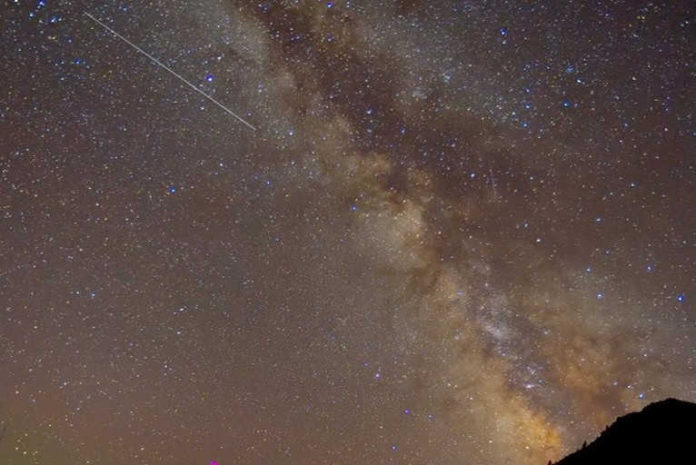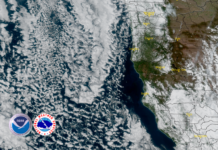
The 2019 Perseid meteor shower will probably produce the greatest number of meteors on the mornings of August 11, 12 and 13. Unfortunately, on the peak mornings in 2019, a bright moon will drown many Perseids from view. There will be considerably more moon-free viewing time then than at the Perseids’ likely peak from late evening August 12 until dawn August 13.
The Perseids are an annual celestial show from the comet Swift-Tuttle. Debris particles associated with the comet flare up in Earth’s atmosphere, giving the illusion of falling stars. The streaking lights appear to come from the direction of the constellation Perseus, hence the Perseids name.

Perseid meteors have been streaking across our skies since around July 17. We will continue see Perseids for 10 days or so after the peak mornings on August 11, 12 and 13.

















